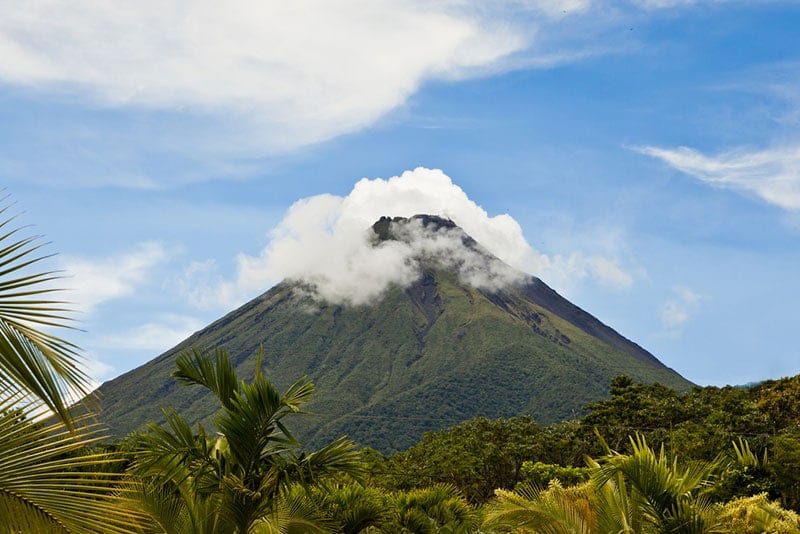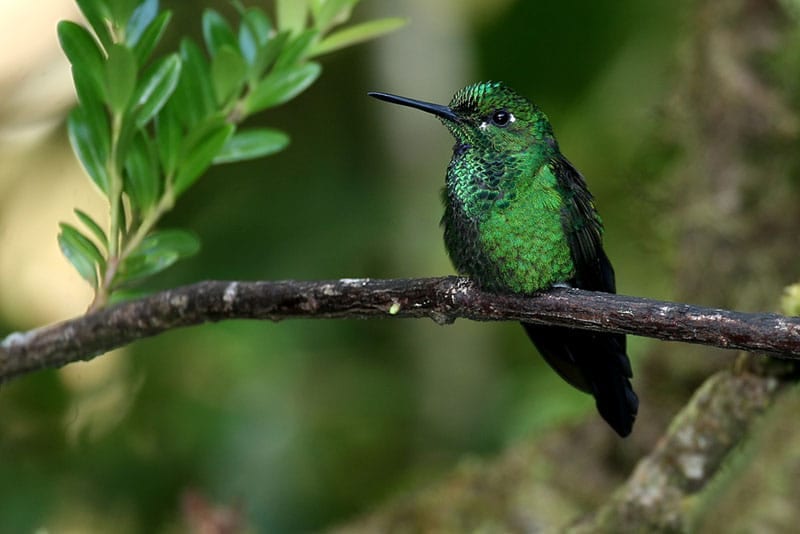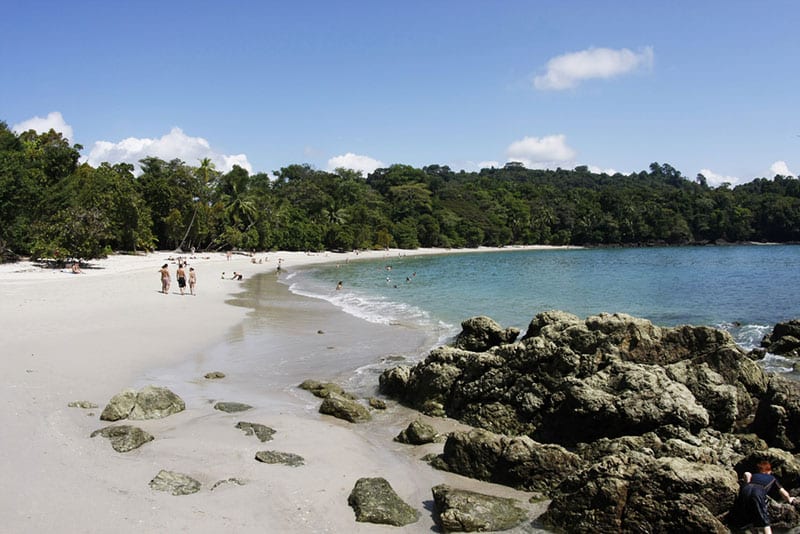Costa Rica
Costa Rica is a paradise for wildlife lovers and despite its compact size it contains a staggering variety of ecosystems sandwiched between its Pacific and Caribbean coasts. There are tropical rainforests, active volcanoes, cloud forests and pristine sandy beaches. Adventurous visitors can enjoy a wide range of activities with hiking, rafting, zip-wiring, mountain biking and horseback-riding on offer throughout the country.
Arenal & Rincon de la Vieja
These 2 active volcanoes and their surrounding national parks in the north of Costa Rica are excellent locations for many outdoor activities.
What to do: Mountain-biking, horse-riding, rafting & hiking.
Monteverde Cloud Forest
This dense and atmospheric cloud forest is home to many animal, insect and plant species with the endangered golden toad and the brilliantly colourful quetzal bird waiting to be found amongst the deep gorges and waterfalls. Explore the hummingbird, orchid and butterfly gardens or see the forest canopy from the bridges of the Sky Walk.
What to do: Canopy walkways, hike along nature trails, night walks and chocolate/coffee tours.
Manuel Antonio National Park
This is where the jungle meets the sea and you can take guided walks to spot toucans, monkeys, sloths and brightly-plumaged macaws in between relaxing on the pristine, white-sand beaches of the country’s dramatic west coast.
What to do: Stay at a boutique spa resort, hike, swim and surf.
Tortuguero National Park
On the Caribbean coast and home to over 60 mammal and 300 bird species, Tortuguero is a truly outstanding wildlife haven. Enjoy guided hikes along the forest trails and take boat rides along the scenic waterways which afford sightings of three-toed sloths and caiman. From July to September it is possible to see green turtles nesting along the beach.
What to do: Hiking, boating, kayaking & turtle-watching.
Osa Peninsula
If time allows, a visit to the Osa Peninsula in Costa Rica’s far south-west is often a major highlight for visitors. This is a primitive paradise of montane and cloud forest, empty beaches and sleepy backwater settlements. Corcavado National Park offers the chance to see tapir, ocelot and spider monkeys.
What to do: wildlife-viewing, hiking along nature trails and enjoying some beach-time
Cano Negro & Sarapiqui
Cano Negro is an ecological treasure and the natural habitat for more than 350 species of birds as well as iguanas, river turtles, caimans and jaguars. Journeys by boat or on horse-back through the swamplands and rainforests of Sarapiqui give wonderful wildlife-viewing opportunities.
What to do: Bird-watching, rafting, boat rides & visits to local communities.
Best time to go
At just a few degrees north of the equator there’s little seasonality in temperatures so any differences are due to specific locations and altitude. The highlands can be chilly at night and the coasts can reach almost 30 degrees celcius towards the end of the dry season during March and April. The wet or ‘green’ season runs from May to November but under the blanket of rainforest it can be wet at any time throughout the year.
Top travel tip
Head for Isla del Coco and go diving with hammerheads, dolphins and giant rays, or explore over 200 waterfalls, many of which thunder directly into the sea. You’ll soon see why this was the inspiration behind Jurassic Park’s ‘Isla Nublar’.
Onwards to...
Guatemala
Just a 1.5 hr flight from Costa Rica’s capital San Jose, Guatemala offers the best example of Mayan pyramid-building in Central America at the jungle-clad ruins of Tikal, vibrantly colourful Indian market towns such as Chichicastenango and the centuries-old colonial charms of Antigua encircled by its 3 brooding volcanoes. A week’s extension here would allow you to add a huge dash of culture to the wildlife and natural wonders of Costa Rica.
Call us on 01392 221199 to discuss your travel plans
or use our online enquiry form



